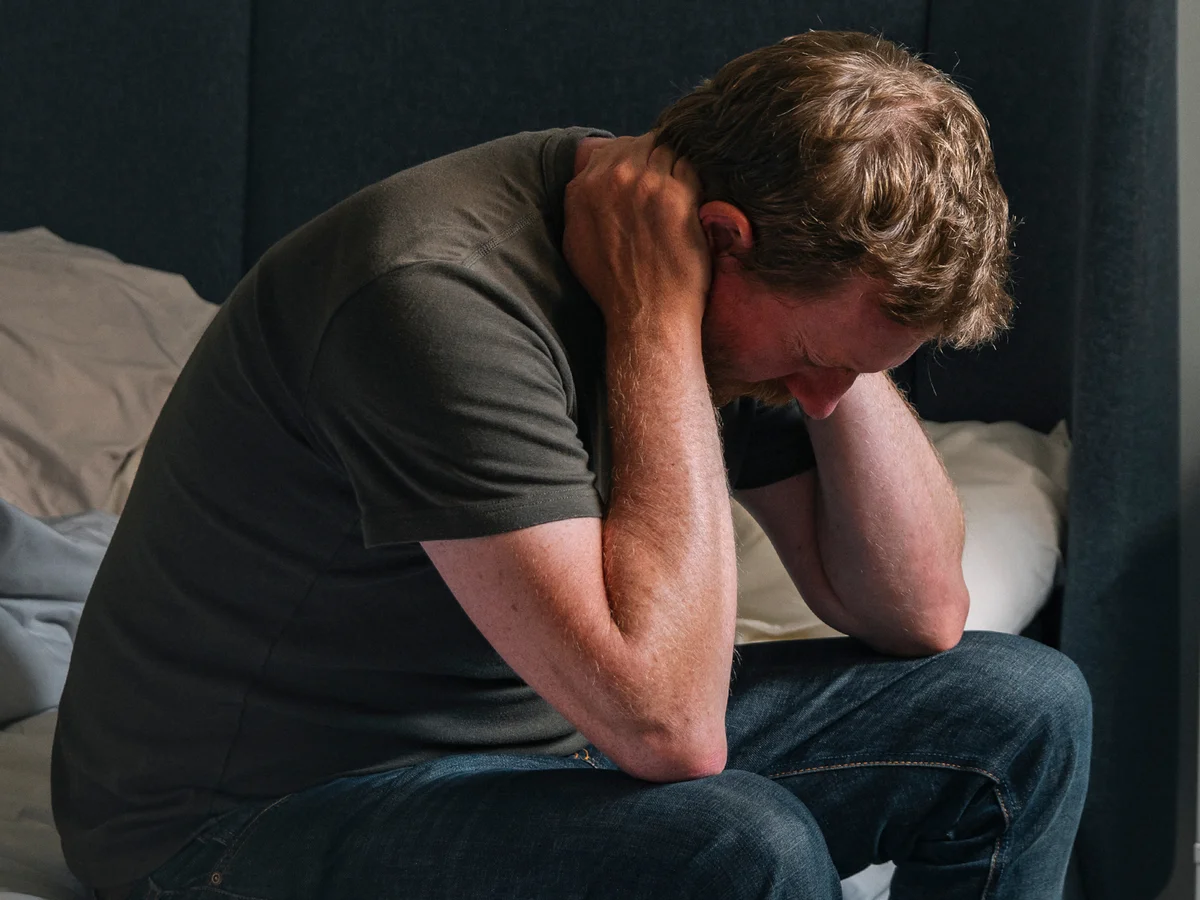CPTSD stands for Complex Post-Traumatic Stress Disorder. It’s similar to the much better known Post-Traumatic Stress Disorder (PTSD) in some ways. The primary difference between the two relates to duration. PTSD can result from enduring or witnessing a similar event that traumatizes you. CPTSD is caused by ongoing, prolonged abuse and trauma. And CPTSD and shame are usually linked.
The source of this abuse is usually a parent or caregiver. It typically takes place over long stretches of one’s childhood. The abuse could be sexual, physical, verbal, and emotional. The fallout almost always involves a high level of shame. In fact, CPTSD is a shame disorder.
Why Shame?
Children in adverse situations will do whatever they need to do in order to survive. In many cases, they detach from the abuse via dissociation. They know they cannot escape. Therefore, they find a way to endure. Once the trauma has finally ended, they may feel ashamed that they didn’t fight back.
Running parallel to this is another source of shame. When people you love and trust hurt you, it’s not uncommon to blame yourself. In a child’s mind, they must have done something terrible to “force” a caregiver to behave so badly. They learn to self-shame instead of face the reality that they have been betrayed by a supposed loved one.
Shame and Recovery
Understanding that CPTSD is a shame disorder is crucial for treatment. Shame can be a powerful obstacle to healing. It can prevent an adult from admitting to and confronting what was done to them by someone close to them. They hold on tightly to a childhood mantra like “I am bad” or “I deserve this.” As a child, you desperately craved being close to your parents and/or caregivers. In your young mind, it felt easier to blame yourself for the abuse.
Unfortunately, this mindset carries over into adulthood. People feel as if they can’t do anything right. They believe they deserve whatever criticism or bad treatment that is imposed upon them. As an adult, you may use perfectionism to mask your self-shame. This tendency was created in your painful childhood. If only you could do everything right then the bad stuff would stop happening. Getting to the root of such traumatic fallout is a giant step toward recovery.
Not All Shame is Created Equal
As you identify and process your trauma-caused shame, you must keep in mind that shame is sometimes the right reaction. When you genuinely commit a transgression, shame is appropriate. It is the inner voice guiding you to make amends and do better next time. While working with your therapist, you can focus on understanding this difference.
Taking Steps to Release the Shame of CPTSD
A skilled therapist can guide you through the maze of CPTSD and shame. A giant first step could be to recognize how shame feels in your body. This practice:
- Puts you back in touch with your bodily sensations
- Helps you discern what triggers your shame
- Allows you to stop these feelings before they take over
This type of work reminds you of important distinctions. For example, how you feel is not a statement of who you are. As your self-awareness increases, you can hear your inner critic with more clarity. You hear it for the bully it is. Also, you can better see how often shame tells you lies. When you can talk back and fact-check this internal monologue, you move to a place of self-acceptance.
You did not deserve any of the abuse that was heaped upon you. To recover requires you to address the shame of CPTSD so you can move forward and experience recovery.
I invite you to read more about trauma therapy. Let’s connect soon for a free and confidential consultation.





